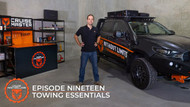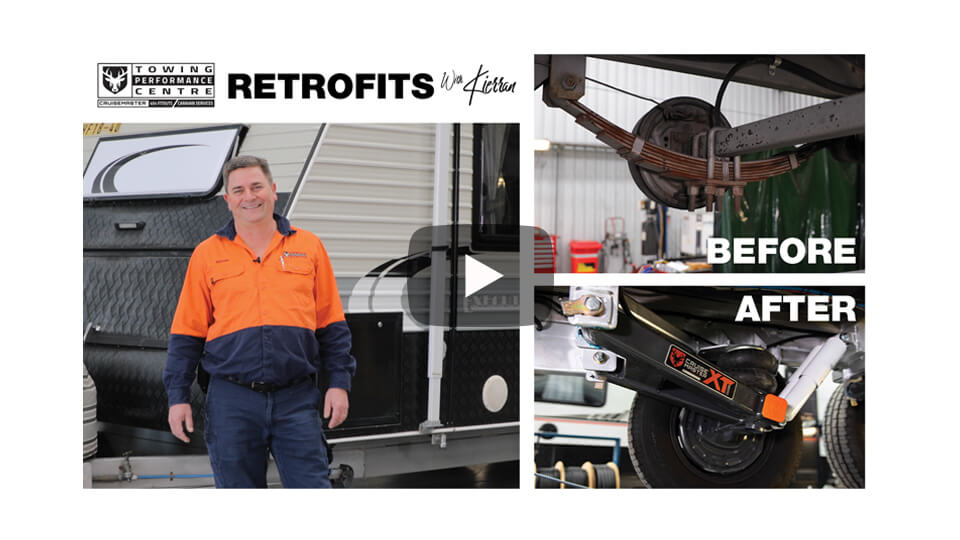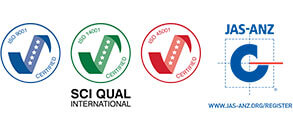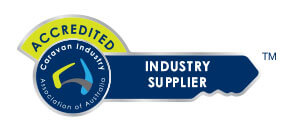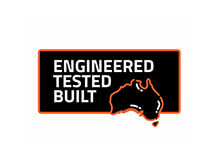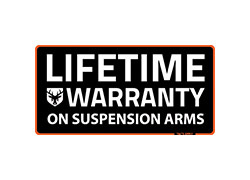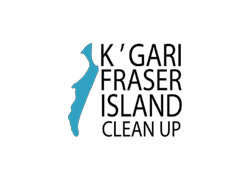Caravan and Trailer Towing Essentials
1st Feb 2024
Buying a new caravan can be an exciting time, however there are some things you need to consider prior to picking up your new van or camper trailer. In this Cruisemasterclass we will explore some of the must haves for towing to ensure your trip is both safe and successful.
Cruisemasterclass Episode 19: Towing Essentials For Your Vehicle
Towing Mirrors
Towing mirrors play an essential role when towing and are not only nice to have, but a legal requirement. With vision requirements set out in the Vehicle Standards of the Australian Design Regulations (ADR), not all factory mirrors are able to meet these requirements and can be restrictive on the vision down the side of your caravan or trailer.
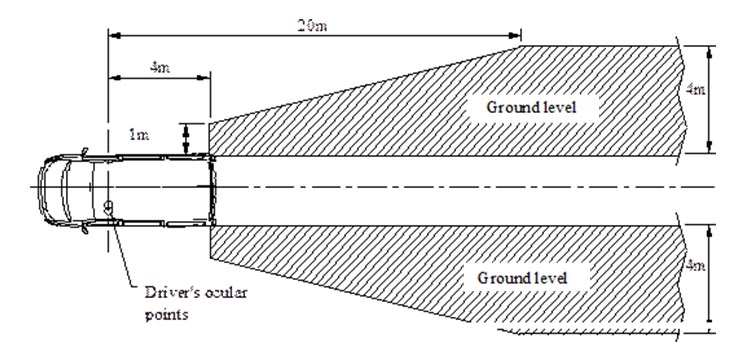
Australian Design Rule 14/02 – Rear Vision Mirrors
The main towing mirror systems include clip on mirrors, that attach to the factory mirrors, and towing specific mirrors that replace factory mirrors. Clip on mirrors are cheap quick alternatives, however they don't handle corrugations as well as other options and can shake lose.
At Cruisemaster we fit towing specific mirrors to all of our vehicles, these are compact when not in use and easily extended with the telescopic functionality to suit individual caravan needs.
For more information on the different types of towing mirrors and a deeper dive into the regulations make sure to see the dedicated Towing Mirror Cruisemasterclass video.
Brake Controllers
When towing a trailer over 700kg that isn't fitted with overrun brakes, it is a requirement for an independent braking system, such as a brake controller, to be fitted. There are two main types of electric brake controllers which both work by varying the voltage sent to the trailers brakes.
Some systems are manually operated with a simple gain controlled by the switch or with an inertia-sensing system to match the speed of the trailer to that of the tow vehicle. These are often referred to as user-controlled and proportional modes respectively.
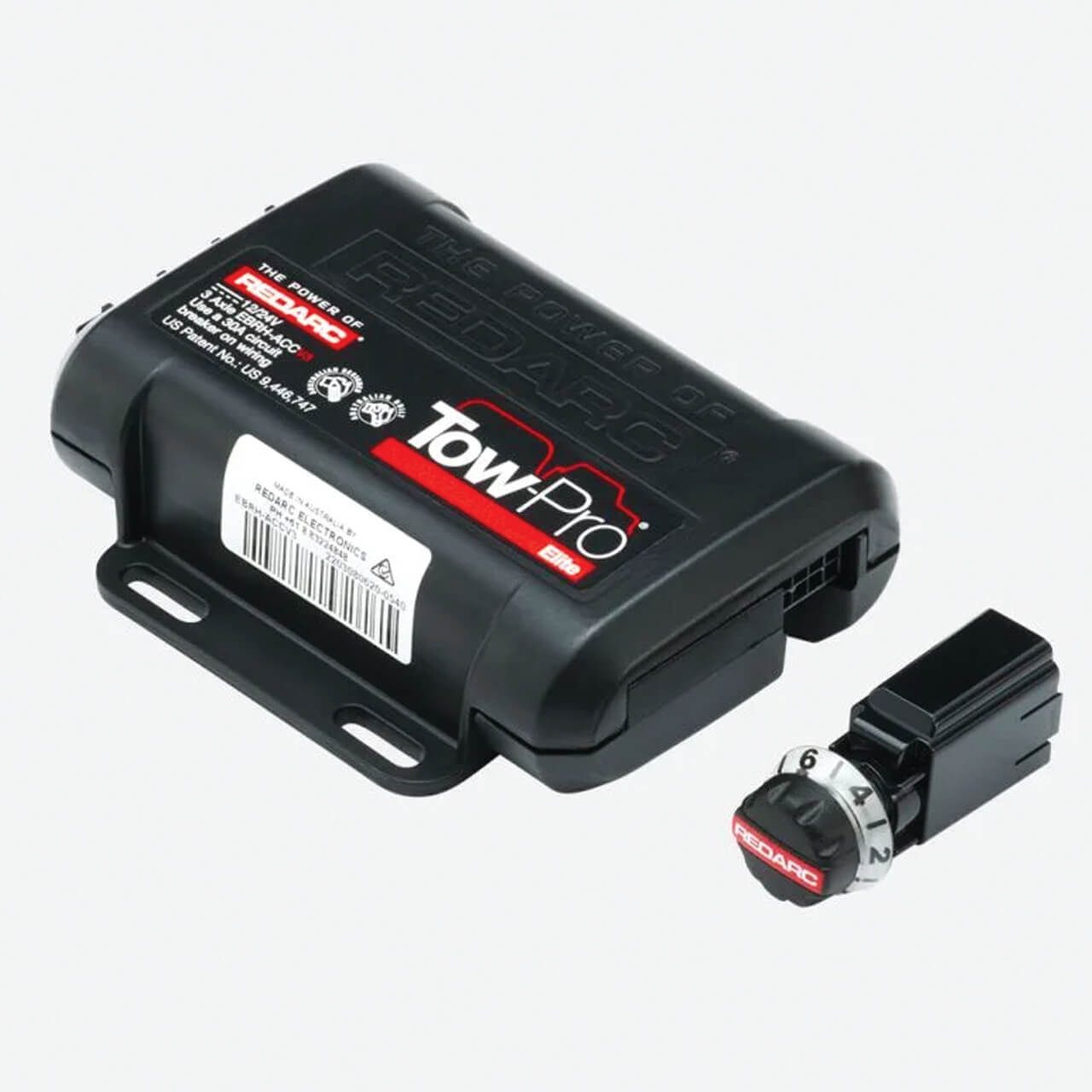
Redarc brake controllers (pictured above), such as the one in the Cruisemaster BT-50, can have the main unit mounted independently to the dash control allowing it to be hidden behind the trim. This allows for full functionally with knee and lower leg air bags.
Other systems include Hayman Reese electric brake controllers, which are fitted to the outside of the dash. These are typically easier to install, however can be clumsy around transmission tunnels and steering columns.
The installation location of brake controllers also play an important role in safety during an emergency situation. It is crucial that they are in reach of the driver, and optionally also in reach of the passenger for easy accessibility.
Tow Bars and Accessories
Tow bars
It is crucial to know the rating of the tow bar fitted to the tow vehicle to ensure it is adequate enough for the size of the van or trailer you plan to tow. Regardless of the towing capacity of the vehicle, if your tow bars rated capacity is not large enough you will not be able to legally and safely tow the caravan.
If the vehicles tow capacity is less than that of the rating of the tow bar, the smaller of the two capacities apply. The rating of your tow bar should be clearly indicated, similar to that of the Hayman Reese bar pictured below.

If the tow vehicles factory tow bar has an inadequate rating, there are some aftermarket options that may help increase this whilst providing additional functionality. An example of aftermarket bars is the X-Bar from Hayman Reese fitted to the Cruisemaster BT-50 which is rated at 3500kg. This allows for additional recovery points and has raised the height, improving departure angles when off-road.
If the factory tow ball capacity is insufficient for the caravan you plan to tow, another option is a GVM upgrade to increase the vehicles towing capacity. This process can be quite involved and costly with springs and shocks typically required to be replaced with engineering certification required to be completed.
Towbar setup
If you are using a ball type hitch, there are regulations in the ADR surrounding laden heights. Remember to prepare yourself with knowing the required ball height for the van, this information can usually be given by the seller of the caravan or found online for your specific make/ model.
Hitches
Making sure you have the right hitch suited to the caravan or trailer you are planning to tow is also important. The most common hitch types include ball or pin type hitches, such as the DO35.
Electrical Connections
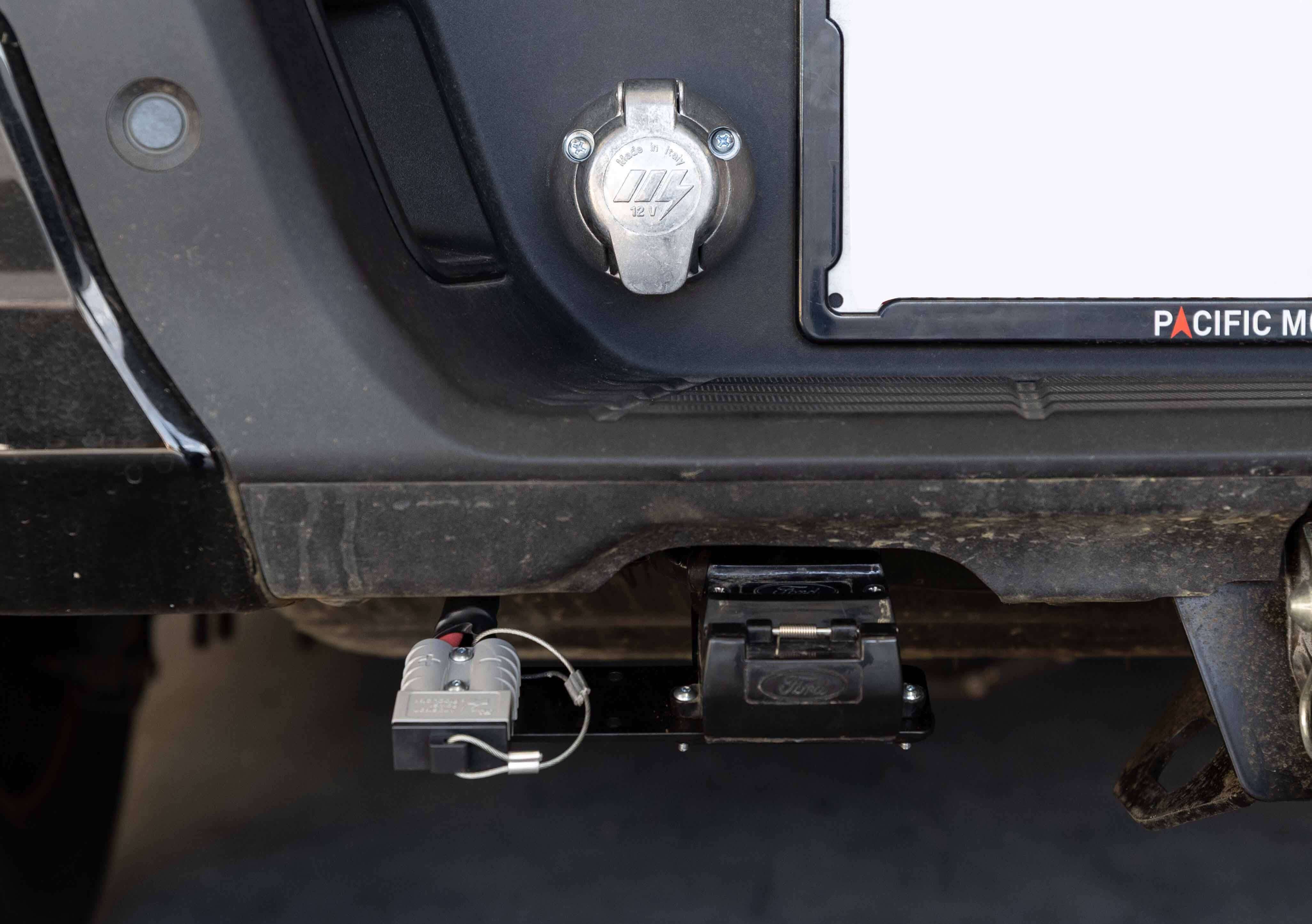
Tow Plugs
Tow plugs act as a pathway for electrical signals from the tow vehicle to your caravan or trailer to run light functions and control other accessories on your trailer such as reversing cameras.
There are two styles of plugs commonly used for towing these are round or flat style, so it is import to verify with the manufacturer or dealer which the vehicle is fitted with prior to collection.
Flat pins often come in 7 or 12 pin outputs variants, with the 5 additional pins used to run accessories. Adapters are available for all types of connections including; round to flat, 7pin to 12pin and variants of male/female connections.
Anderson Plugs
If there is a power system on board of your caravan that runs off a 12V power supply, it may need a source of auxiliary power. Anderson plugs are commonly used to create a secure and safe power connection from the tow vehicle to a caravan or trailer, with most installed with an Anderson style plug from factory.
If your caravan is fitted with features such as electronic stability control, it may require and additional Anderson plug to run a dedicated power supply to these systems.
Shackles
Shackles are another essential for towing that is sometimes overlooked when it comes to picking up a new caravan or camper trailer. Before collection, its best to confirm with the manufacturer or dealer if shackles are included.
In Australia two chain links are required for loads over 2.5T with adequately rated shackles for your load. By law, shackles must display their load rating and are often coloured.
Knowing Your Vehicle Weights
If you have additional accessories fitted to check rear axle capacity or gross vehicle mass to make sure it will not be negatively affected by the weight of the caravan or camper trailer on the rear of the tow vehicle.
If you are over these limits it can make the vehicle unsafe to tow and is illegal to exceed these limits and can affect aspects such as insurance in the case of an accident. The best way to be sure you are within your legal limits is to have your towing set-up under go a weight assessment. Many workshops in our National Service Network offer this service and can provide expert advice to keep your set up both legal and safe.
For more caravan and towing tips, make sure to keep an eye out for the latest episodes of our Cruisemasterclass series by subscribing to the Cruisemaster YouTube channel and following us on Facebook & Instagram.

